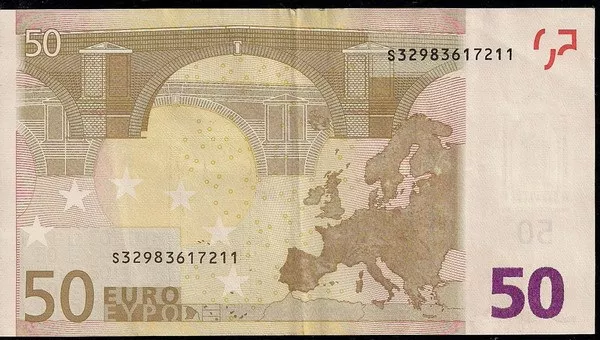The Eurozone stands as a testament to the economic and political integration of European nations, marked by the adoption of a common currency, the euro. This monetary union has played a pivotal role in shaping the economic landscape of the European Union (EU). Understanding the origins of the Eurozone requires delving into the visionary minds behind its creation and the key milestones that paved the way for this historic integration.
Architects of the Eurozone:
The idea of a single European currency was not conceived overnight but was the result of decades of discussions and negotiations among European leaders. The primary architects of the Eurozone were Helmut Kohl, François Mitterrand, and Jacques Delors. These leaders, from Germany and France respectively, played crucial roles in the formulation and implementation of the Eurozone.
Helmut Kohl, the Chancellor of Germany from 1982 to 1998, envisioned the euro as a means to enhance European unity and stability. Kohl recognized that a common currency could foster economic cooperation and reduce the likelihood of conflicts among European nations. His commitment to the European project and his strong partnership with French President François Mitterrand were instrumental in moving the Eurozone agenda forward.
François Mitterrand, who served as the President of France from 1981 to 1995, shared Kohl’s vision for European integration. Mitterrand saw the euro as a way to solidify the Franco-German partnership and strengthen the economic ties between EU member states. The cooperation between Kohl and Mitterrand marked a crucial turning point in the establishment of the Eurozone, as their joint efforts laid the groundwork for subsequent negotiations.
Jacques Delors, a former President of the European Commission, played a pivotal role in shaping the economic framework that underpins the Eurozone. Delors was a driving force behind the completion of the Single European Act in 1987, which aimed to create a single market by 1992. His efforts extended to the Maastricht Treaty, signed in 1992, which laid out the groundwork for the Economic and Monetary Union (EMU) and the eventual adoption of the euro.
Key Milestones Leading to the Eurozone:
Maastricht Treaty (1992):
The Maastricht Treaty, formally known as the Treaty on European Union, marked a historic step towards the creation of the Eurozone. Signed in the Dutch city of Maastricht in 1992, the treaty outlined the path for economic and monetary integration among EU member states. It set specific criteria, known as the Maastricht criteria, which member countries had to meet to qualify for joining the single currency. These criteria included stable inflation rates, low government deficits, and exchange rate stability.
Adoption of the Euro (1999):
The first tangible step towards the realization of the Eurozone occurred on January 1, 1999, when 11 EU countries adopted the euro as an electronic currency for banking and financial transactions. These countries formed the initial group of Eurozone members, and the euro became the official currency for electronic transactions, although coins and banknotes were not introduced until 2002.
Introduction of Euro Banknotes and Coins (2002):
The most visible manifestation of the Eurozone came in 2002 when euro banknotes and coins were introduced, replacing the national currencies of participating countries. Citizens across the Eurozone witnessed the physical manifestation of their shared currency, symbolizing a new era of economic cooperation and unity.
Enlargement of the Eurozone (2002-2015):
Over the years, the Eurozone expanded as more EU member states joined the monetary union. Slovenia was the first country to adopt the euro in 2007, followed by Cyprus and Malta in 2008, Slovakia in 2009, Estonia in 2011, Latvia in 2014, and Lithuania in 2015. Each accession marked a significant step towards a more integrated and unified European economic landscape.
Eurozone Crisis (2010-2012):
The Eurozone faced a severe test during the financial crisis of 2010-2012, stemming from economic challenges in several member states, particularly Greece, Ireland, Portugal, Spain, and Italy. The crisis prompted intense debates about the sustainability of the Eurozone and raised questions about the effectiveness of its economic governance. The response to the crisis led to the establishment of new mechanisms, such as the European Stability Mechanism (ESM), to address economic challenges within the Eurozone.
See Also Will the Euro Ever Regain Its Strength?
Conclusion:
The Eurozone stands as a monumental achievement in the history of European integration, brought to fruition by visionary leaders and key milestones. Helmut Kohl, François Mitterrand, and Jacques Delors, among others, played pivotal roles in shaping the Eurozone’s foundations. From the Maastricht Treaty to the introduction of euro banknotes and coins, the Eurozone’s journey has been marked by challenges and triumphs. As the Eurozone continues to evolve, it remains a symbol of unity and cooperation, reflecting the enduring commitment of European nations to a shared economic destiny.


